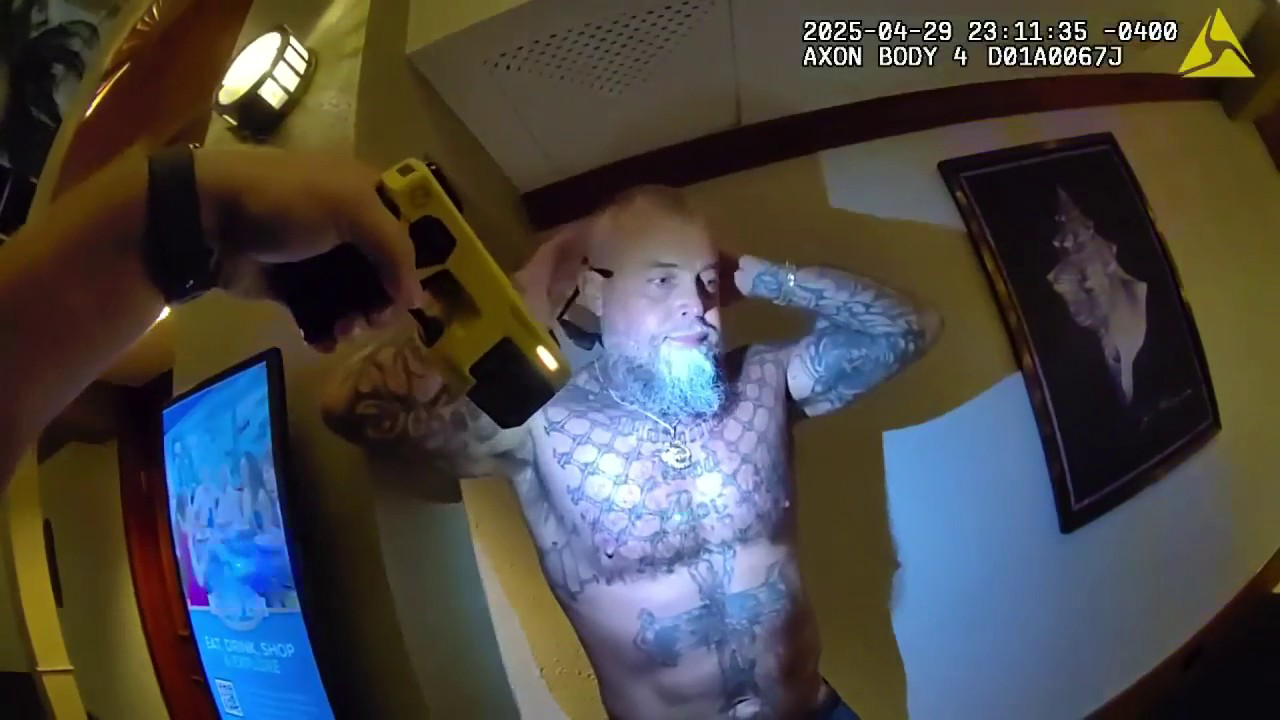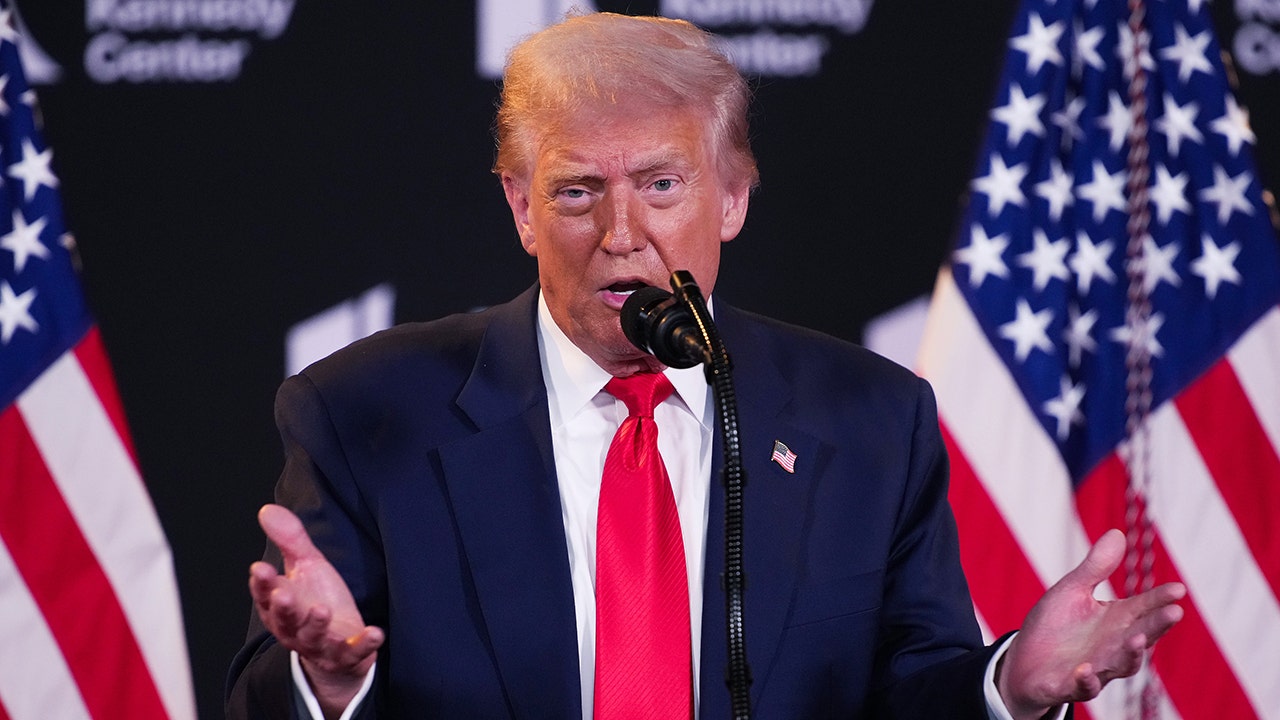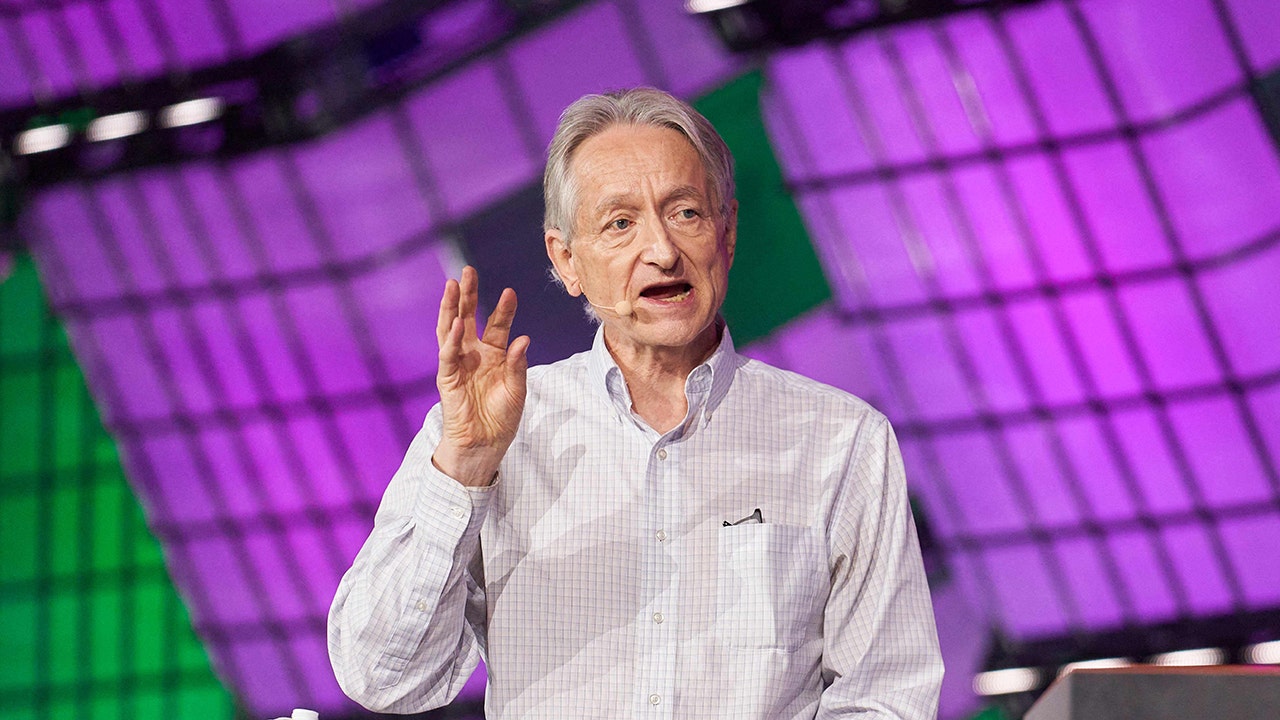Interest in advanced nuclear reactors has been growing among states.
Advanced nuclear reactors are typically considered non-light water reactors and small modular light water reactors, according to the U.S. Nuclear Regulatory Commission. Many companies currently have designs of advanced reactors in development.
They are significantly smaller than traditional nuclear reactors and offer more flexibility, according to Paige Lambermont, a research fellow at the Competitive Enterprise Institute’s Center for Energy and Environment.
“The upfront costs for traditional nuclear reactors are really high because they’re so much bigger, and so I think that the size, flexibility and project scope of advanced nuclear is really appealing for people, especially for projects that maybe don’t need 2,000 megawatts centrally located but need, say, 300 megawatts somewhere in the mountains or somewhere that doesn’t need all of the power all at once but wants a little marginal amount somewhere else,” she told FOX Business.
They are also “more fit to purpose,” have additional passive safety measures and “should be cheaper than traditional large reactors” when they reach the commercial level, Lambermont added.
There has been action in a slew of states in recent years to explore the potential of advanced nuclear reactors or to take steps to pave the way for the technology in the future.
Texas, for instance, saw a bill introduced to its state legislature in early March that seeks to establish a “Texas Advanced Nuclear Energy Office” and grant programs for advanced nuclear energy.
The Texas Advanced Nuclear Energy Office would “promote the development of advanced nuclear reactor projects for dispatchable electric generation while creating high-wage advanced manufacturing jobs” and “support the development of an advanced nuclear energy supply chain and associated technologies in this state,” among other things, according to the text of the bill.
Meanwhile, the proposed grant programs in the bill would provide reimbursement for developing and constructing advanced nuclear reactors in the Lone Star State.
Prior to that, the Texas Advanced Nuclear Reactor Working Group that Gov. Greg Abbott had ordered be formed put out various recommendations for bringing the technology to the state in mid-November.
Another state that has been pursuing advanced nuclear reactors is Tennessee.
During his “State of the State” address in February, Gov. Bill Lee proposed $50 million to “create the Small Modular Reactor (SMR) Grant Fund to support Tennessee Valley Authority’s Clinch River Nuclear SMR project to position Tennessee as a leader in next-generation nuclear energy,” according to a press release.
Lee is also targeting tens of millions of dollars more for nuclear-focused efforts.
New York Gov. Kathy Hochul recently announced state officials would develop a “Master Plan for Responsible Advanced Nuclear Development” as part of a larger climate initiative. That master plan, expected to be published before 2027, will “provide a framework for in-depth examination into the key issues raised by the Blueprint [for Advanced Nuclear Energy Technologies] to develop recommendations for implementation of advanced nuclear technologies in New York State,” according to the New York State Energy Research and Development Authority.
In Wyoming, the Bill Gates-cofounded TerraPower is currently building one of its Natrium non-light water nuclear reactors. The Wyoming Industrial Siting Council granted its permit for “all construction and operational activities on the Natrium plant that are not under the jurisdiction of the U.S. Nuclear Regulatory Commission” in January, according to a press release.
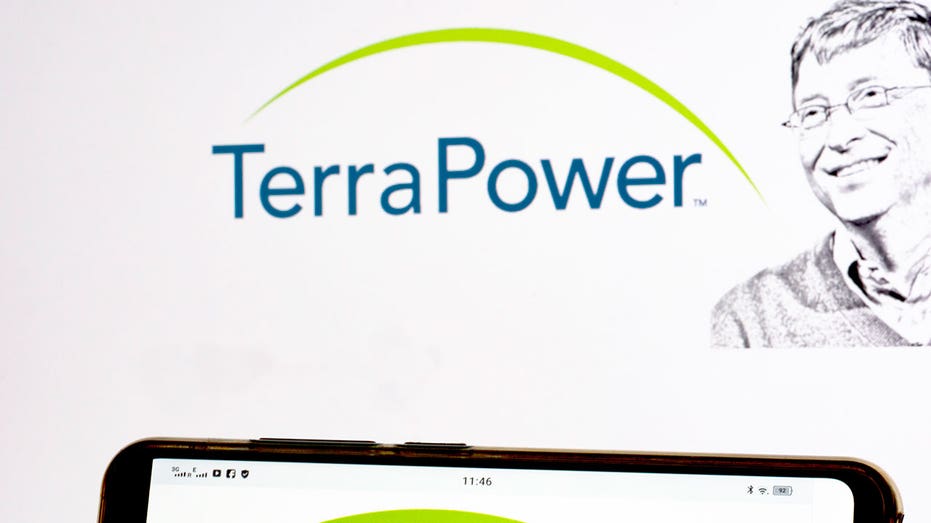
Other states have altered regulations, making them more favorable for nuclear energy.
Lambermont told FOX Business that she thinks “there’s kind of two things that have driven states and have also driven the U.S. federal government to be more interested in loosening up nuclear regulations.
“Rising power demand from things like AI and things like even electric vehicle stuff and things like that are pushing more demand onto the grid, and that means that we need more power, and needing more power is a great recipe for wanting more nuclear reactors.”
She said that “if you look at a chart of where data center power demand is projected to grow, where this planned construction of data centers or they’re currently being built, that’ll map pretty well to states that end up interested in nuclear, because that’s who’s going to have the demand for it.”
Lambermont also said that “watching the wake of the German nuclear phase-out, I think, has been really instructive for other people and other places, kind of watching them shoot themselves in the foot on their energy policy, seeing what happens when you intentionally roll back your own ability to produce energy and when you close facilities that could have operated for decades more at low marginal cost because the upfront costs have already been invested in building them.”
US EYES DANGEROUS GAP IN NUCLEAR FUEL SUPPLIES IN MAJOR THREAT TO ENERGY, NATIONAL SECURITY
An “Advanced Nuclear First Mover Initiative” was unveiled by the National Association of State Energy Officials (NASEO) in February, with New York, Indiana, Kentucky, Tennessee, Wyoming, Maryland, Pennsylvania, Utah, Virginia and West Virginia part of it. The initiative “aims to reduce the cost of advanced nuclear projects and ultimately deliver more power to the electric grid,” according to the association.
Those states “have committed to accelerating advanced nuclear projects by exploring opportunities to reduce financial and technological risks, devising supportive market adoption policies, defining supply chain needs, streamlining federal permitting, developing coordinated procurement options, exploring state-federal-private financing structures, and creating public-private partnerships,” the NASEO said.
In 2024, nuclear provided 17.8% of America’s electricity generation, according to energy think tank Ember.
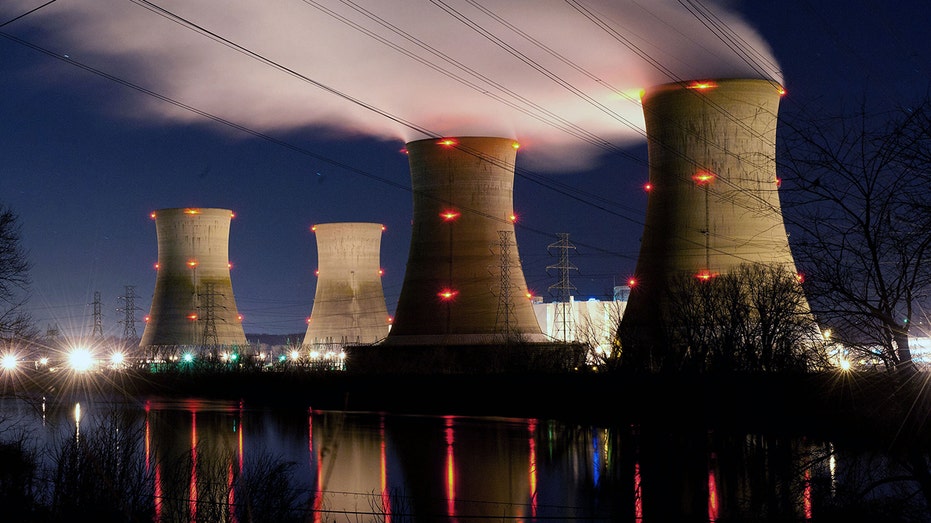
Roughly 42.5% of U.S. electricity generation came from gas last year, while coal generated 14.9%, Ember said in a recent report. Renewable energy sources like wind, solar, hydro and bioenergy accounted for 23.7%.
Lambermont told FOX Business that advanced nuclear reactors “could really help reliability in a lot of ways” for American energy.
“The traditional nuclear reactors have like a 90%-93% capacity factor, meaning that they operate at their nameplate capacity that often,” she explained. “Most other sources are below 50%. Natural gas is low, but not of its own accord. It’s low because it’s used to ramp up and down to meet wind and solar’s intermittency and demand fluctuations, but nuclear is still the most reliable source of power that we have, and so I think that bringing more nuclear, especially smaller, more flexible nuclear, onto the grid would only help reliability.”
Tech companies have also been looking to nuclear energy for electricity. For example, Google — a major player in AI — announced in October of last year that it had inked a deal with Kairos Power to buy nuclear energy from “multiple” small modular reactors that the nuclear energy company is developing.
In December, GridStrategies projected electricity demand in the U.S. will jump by 15.8% by 2029, with data centers, manufacturing and electrification being major contributors to that.
Read the full article here
